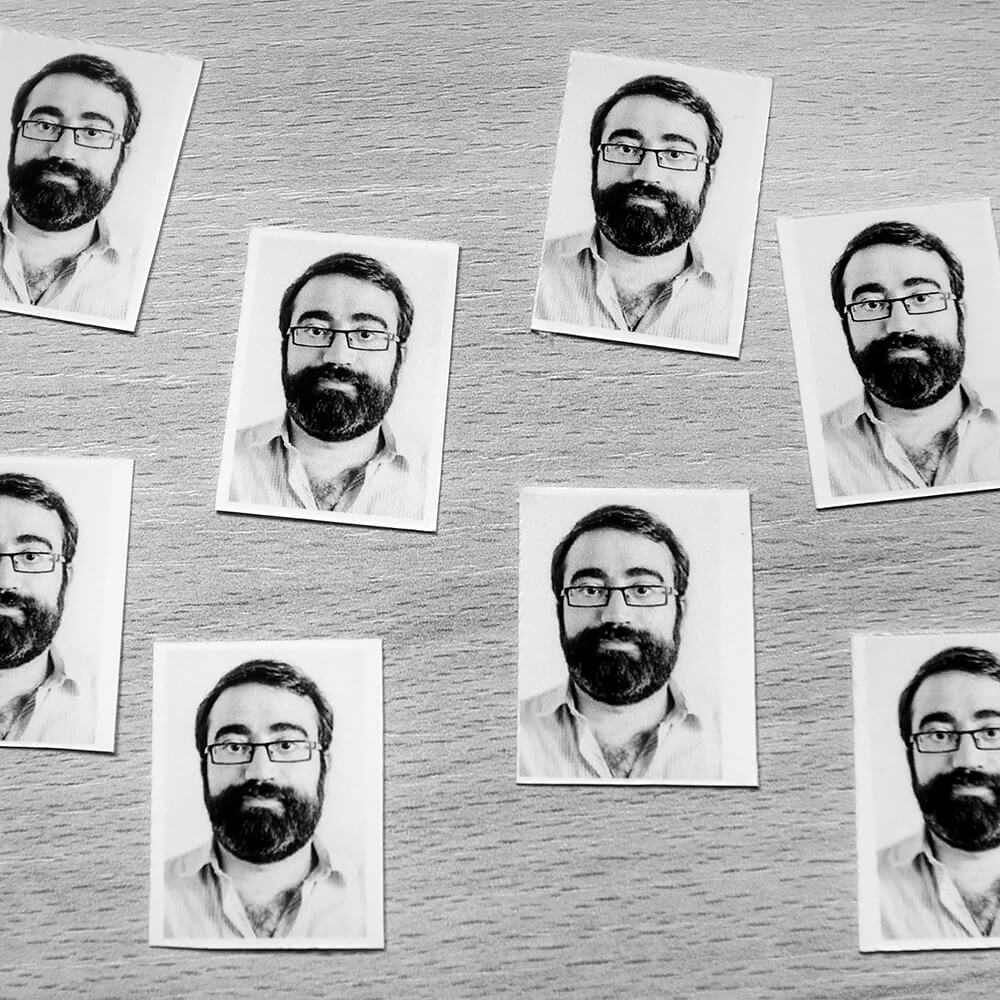My maternal grandfather had a grocery store in the town, the paternal grandfather did a thousand jobs throughout Spain, the grandmothers made a living sewing clothes and faced continuous worries. My parents had to emigrate to and they ended up having a bar, where the whole family worked. I, perhaps, should have stayed with the bar, but I chose the path of light. There was no shortage of those who told me that it would be difficult and hard, but no one in my family has had it easy. Why would I be less?
Years later I am full of new physical and spiritual scars, which have added to what already existed within me and always defined my way of seeing the world. And it is that I will never be able to escape from what is close to me and is the measure of everything I discover, of the tenderness that they taught me to have in my heart and the silence with which I lived for years. It is in this mixture that my photographs are macerated.
The set of these circumstances, nothing special, is what has led me to win several prizes and scholarships, exhibit nationally and internationally, participate in a good number of catalogues, publish several fanzines, collaborate with the Kursala of the University of Cádiz, to publish with the publishing house Ediciones Posibles
And it seems that everything was an instant.
Statement
Next you have Fuchina, a work on the festivals of my parents’ town, Caravaca de la Cross. To do so, I fled from the traditional way of approaching parties with three very clear ideas, also looking for them to be protagonists in a subtle way. The first of the ideas is to do a job where the sound was extracted in the middle of all the noise of some parties with more than 20 music bands and more than 50 brass bands. The second of the concepts is to play with the plans, cuts and compositions to make the viewer feel as if they were inside the festivities. Third is to create a metaphor about the general situation of the town itself with strong light and faded color. The name Fuchina refers to a liquor that decades ago was distilled illegally for parties.
